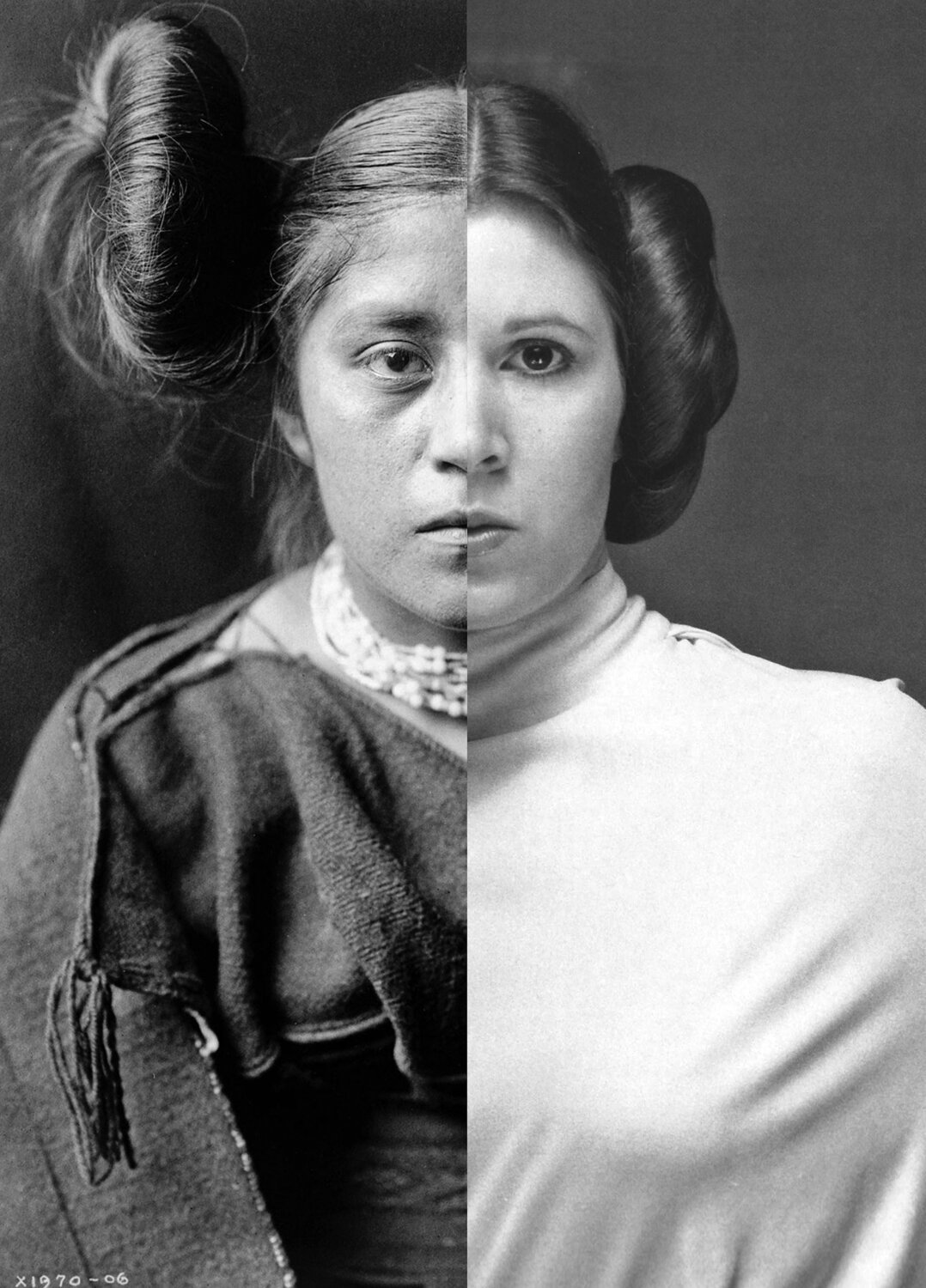This week finalists for the Jerry West Award were announced. Given annually to the best shooting guard in college basketball, the players have a significant legacy to live up to in Jerry West. The man is “The Logo” after all.
And you know what? The five finalists all do that. In alphabetical order, those finalists are RJ Davis (North Carolina), Caleb Love (Arizona), Kevin McCullar Jr. (Kansas), Antonio Reeves (Kentucky), and Tyson Walker (Michigan State).
Every one of them has had a fantastic season putting them in a tough conversation for all-American honors. That said, one of them has statistically had a better season than all of them.
RJ Davis is the clear choice for the Jerry West Award, and it really is not much of a discussion.
To be clear, Davis does not dominate every single stat amongst the players. He is in the middle of the pack in rebounds, assists, and steals. And his overall shooting efficiency is a distant second to Antonio Reeves. (More on that with the third graphic.)
If you just looked at the traditional stats, you probably would say he is solidly in the conversation for the award but not dominating it, despite Davis being the leading scorer.
But traditional stats are not the end-all-be-all for a reason. The game of basketball has changed dramatically over the past few generations of players. Advanced states like PER, win shares, and box score plus minus give a fuller measure of a player’s effectiveness on the court and value to his team’s success.
In these advanced stats, RJ Davis is clearly above his competitors. Amongst the five finalists, Davis has the highest PER, offensive win shares, overall win shares, win shares per 40, offensive box score +/-, and overall box score +/-. The only stats he doesn’t dominate are that he is tied with McCullar for the most defensive win shares and second to Walker for defensive +/-.
One of the reasons Davis has been able to dominate the advanced stats (and this award discussion) is that he shoots more three pointers than any of the other four players, gets to the free throw line more, and converts at a higher percentage than everyone but Reeves. (There is a reason so many more teams play like the Golden State Warriors today instead of running Phil Jackson’s patented Triangle Offense—they know they are more likely to win if they can shoot it from deep at a high level and get to the free throw line more often.)
Opposing teams know that Davis is UNC’s top option. Because of that, his opponents have done everything they can think to run Davis off the three point line and keep him from getting to the free throw line. It just does not matter. He keeps going where he goes and doing what he does.
Davis probably will not have the best professional career of the five players, at least not at shooting guard. At 6’0” and 160 lbs, he is tied for the shortest of the five and weighs the least. That’s a tough row to hoe for a shooting guard when you regularly have to go up against players 6’6” and taller. Whether he succeeds as a point guard is another discussion, although he still will give up a lot physically to other players at that position.
But this award is about play on the court this college basketball season, and the stats just do not lie here. By any reasonable measure, RJ Davis is the best shooting guard in college basketball for the 2024 season. Nobody else is more deserving of the Jerry West Award more than him.
Whether you win the award or not, congratulations to you, RJ. You earned it.









